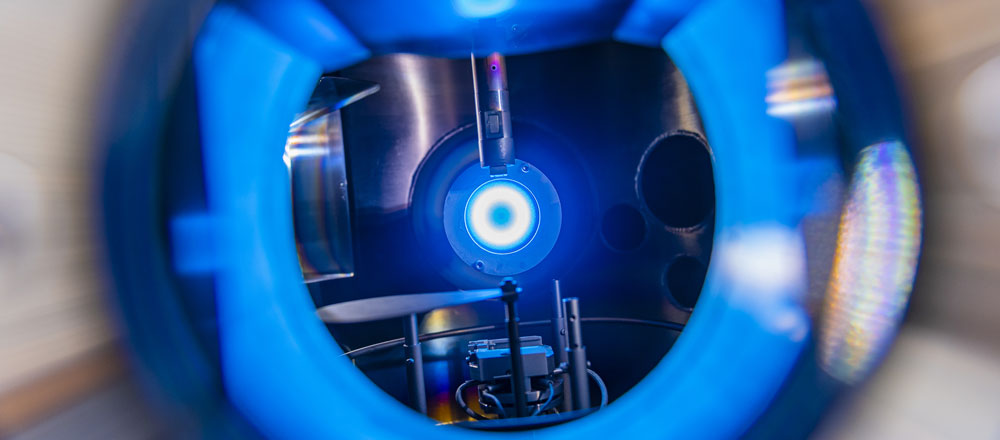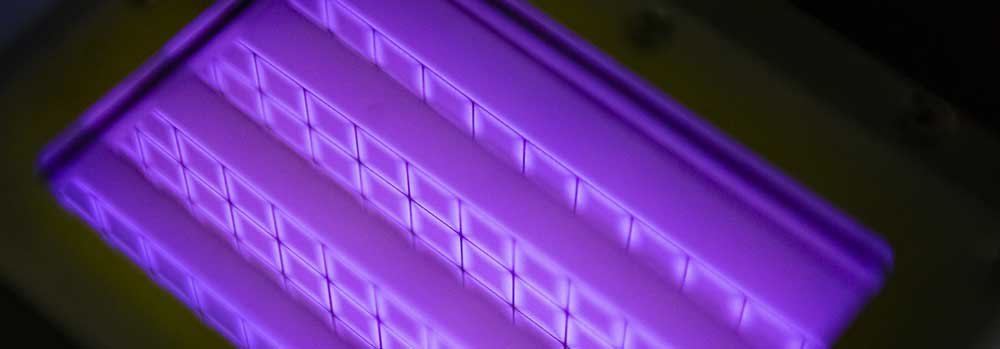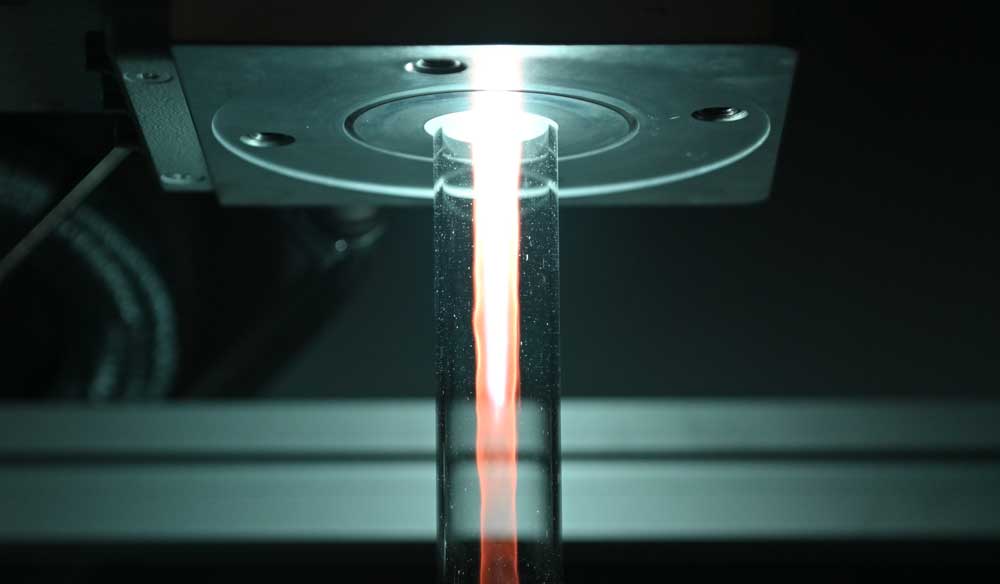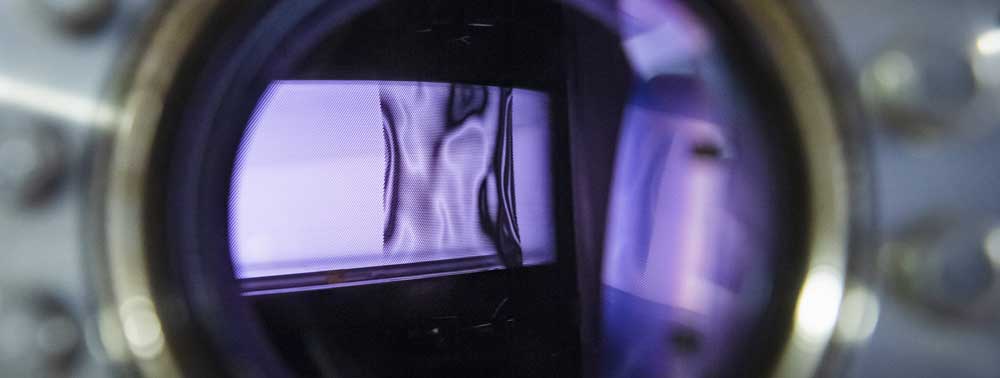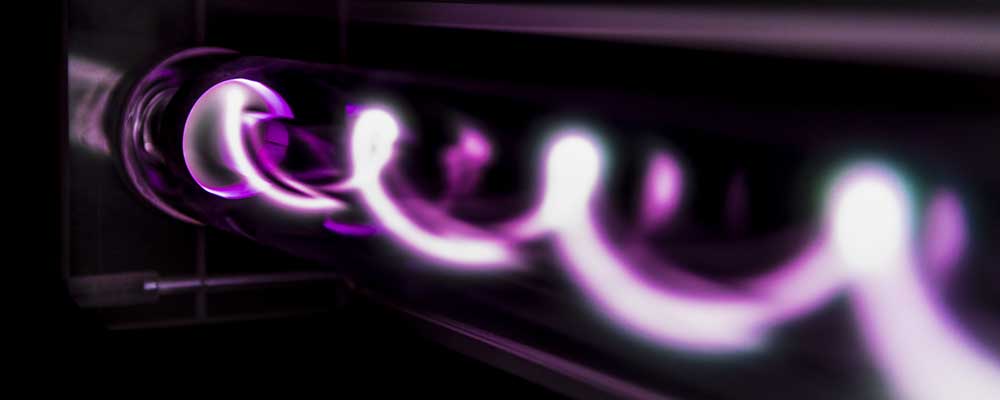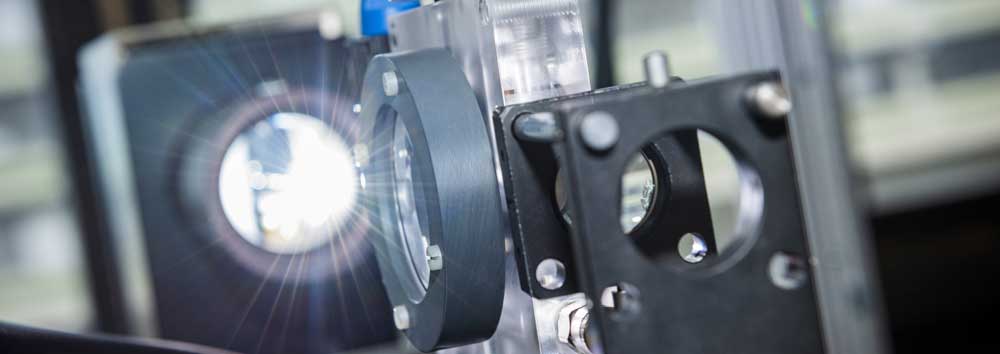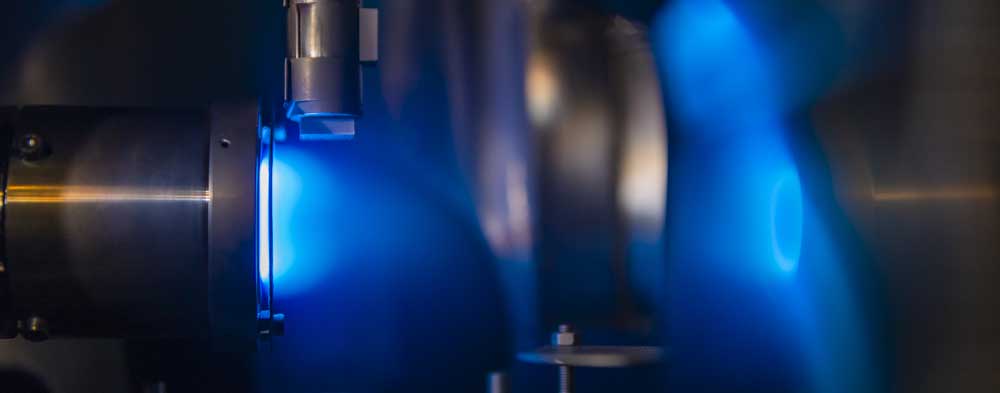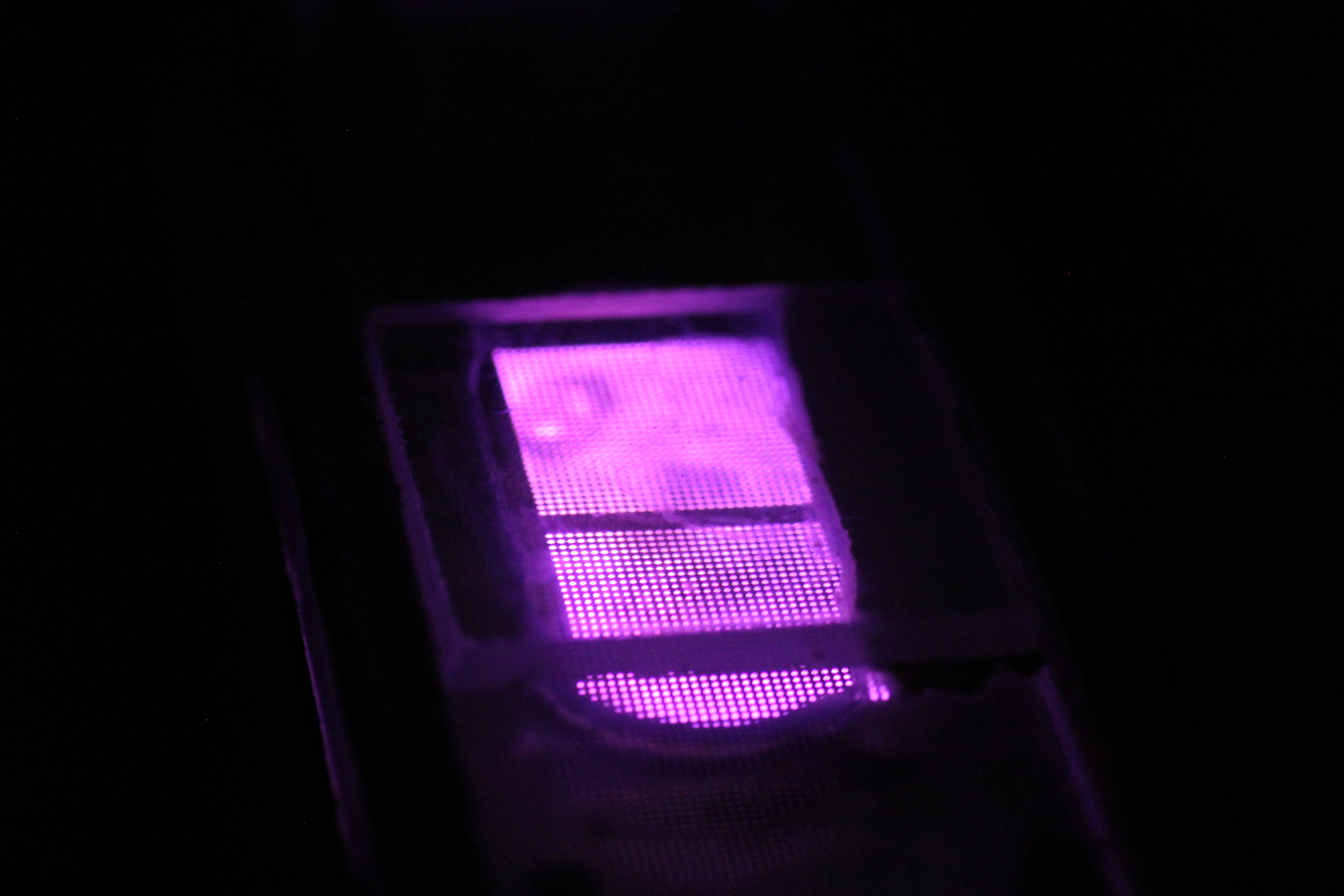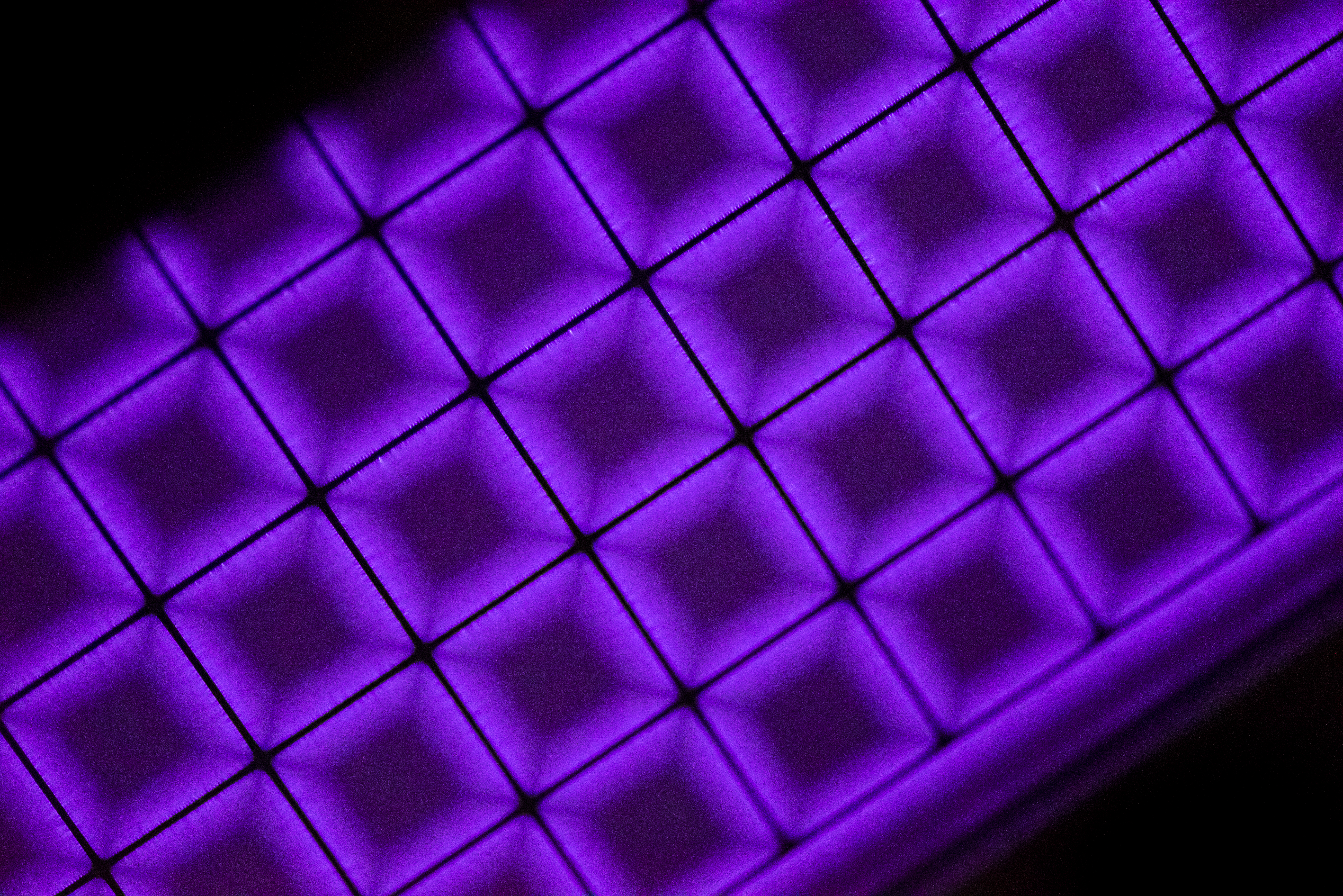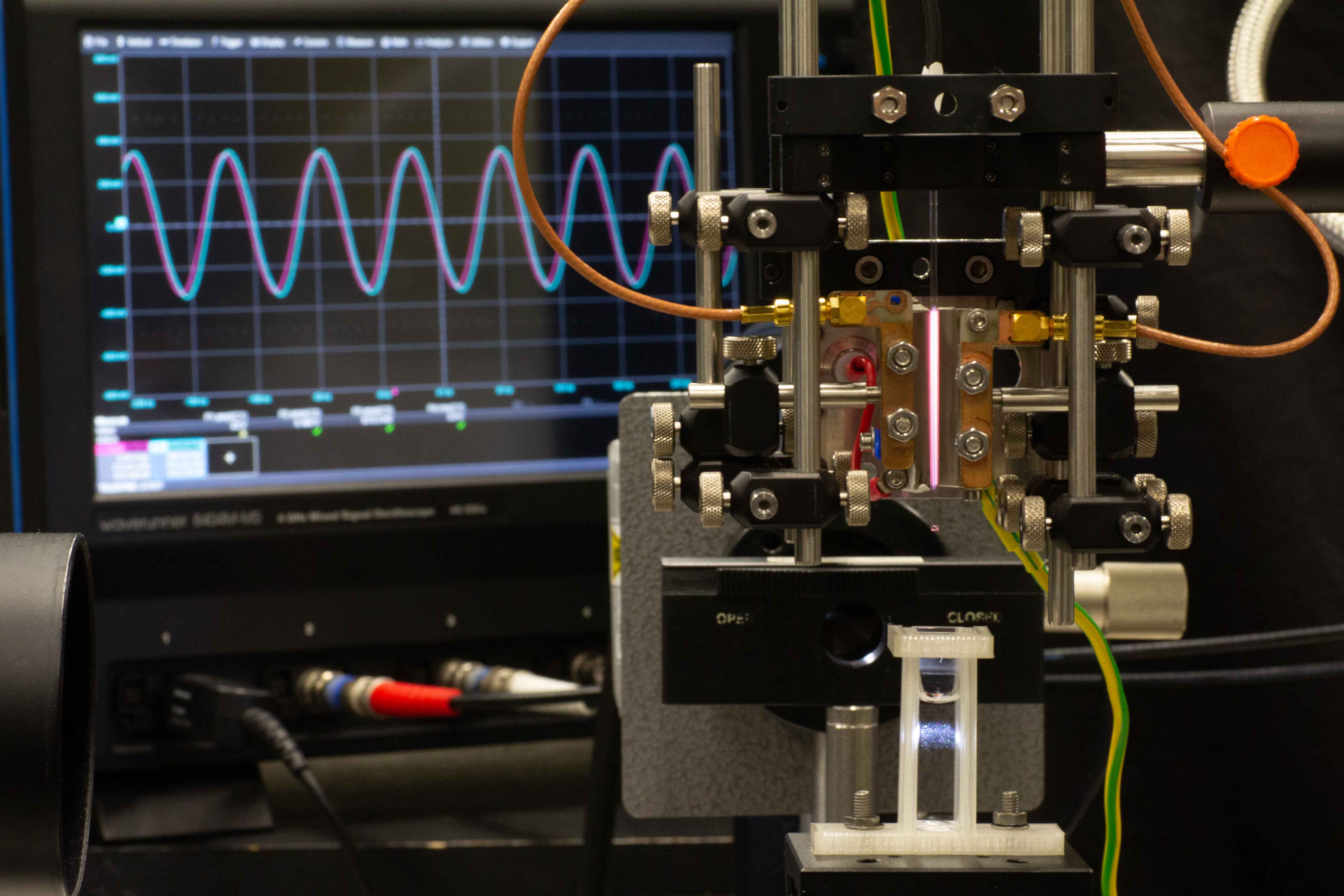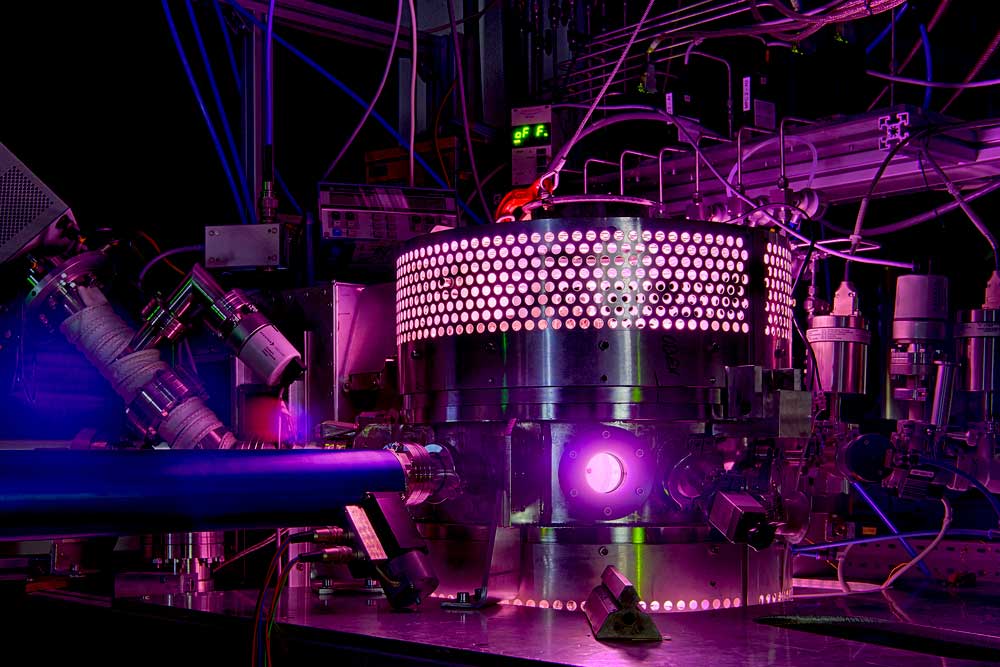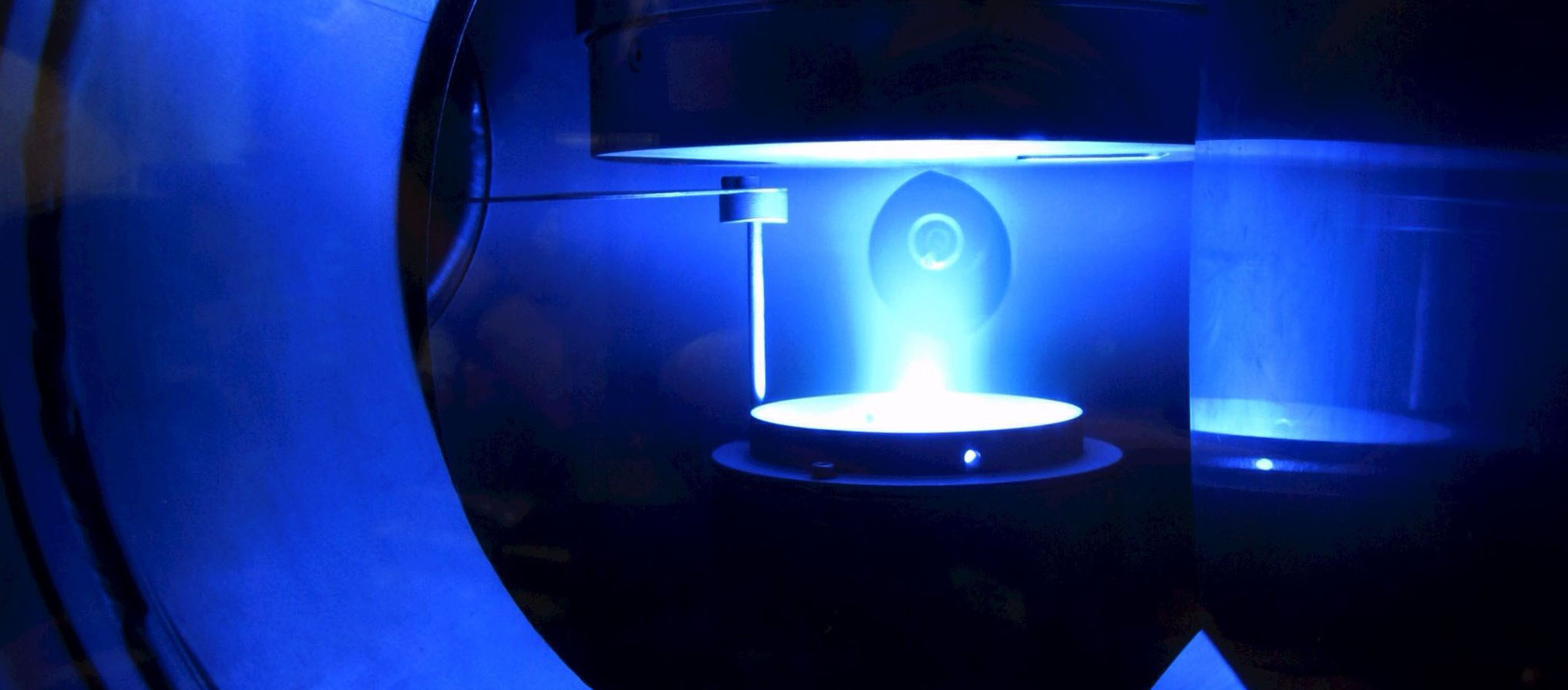- Details
EP2
PROF. DR. LAWRENCE J. OVERZET
Prof. Dr. Lawrence J. Overzet from UT Dallas will be a guest of Dr. Volker Schulz-von der Gathen and Judith Golda from May 13-16, 2013 as part of the research group FOR1123 "Physics of Microplasmas".
- Details
Chemistry
PROF. DR. OLA NILSEN
In the context of the "Inorganic Chemistry Colloquium" Prof. Dr. Ola Nilsen from the Dept. of Chemistry of the University of Oslo Norway will talk about "Constructing complex oxides by ALD" on May 8, 2013 starting at 9:00 am (Core Lecture Hall NC 3/99).
Abstrac: The atomic layer deposition (ALD) technique can be used to construct thin films of numerous different types of binary oxides with surprisingly good quality. These oxides grow through self-limiting chemical reactions between the vapour phase and the available surfaces. When such binary processes are combined, several new effects may occur which may enhance or retard the processes since the surface chemistry is altered. The current talk will elaborate on experiences in deposition of multicomponent materials and show that what one first may believe is an obstacle, might be to your advantage.
- Details
EP2
PROF. DR. IGOR DENYSENKO
Professor Igor Denysenko of the School of Physics and Technology, V. N. Karazin Kharkiv National University, Ukraine, is a guest of Experimental Physik II from 2nd March to 15th April 2013. We continue our collaboration with Prof. Denysenko in the research field of dusty plasmas. Prof. Denysenko has developed a space-averaged global model to characterize the afterglow of pulsed argon plasmas which contain the large density of hydro-carbonaceous dust particles [1]. This global model is further developed in order to study the time evolution of the dust charge and the rate coefficient for electron collection by dust particles. During Prof. Denysenko’s stay in Bochum, we have prepared an article on this study. Furthermore, an article on a new non-invasive method for measurements of ion fluxes and ion densities in pulsed capacitively-coupled RF plasmas has been submitted. We kindly acknowledge the financial support of the Humbolt Foundation.
[1] I. Denysenko, I. Stefanovic, B. Sikimic, J. Winter, N.A. Azarenkov, and N. Sadeghi, J. Phys. D: Appl. Phys. 44 (2011) 205204
- Details
TP4
PROF. YURI LITVINENKO
Prof. Dr. Yuri Litvinenko from the University of Waikato, New Zealand, has been a guest at TP4/FOR1048 since 11.2.2013 and will give a talk on "A Numerical Study of Diffusive Cosmic-Ray Transport with Adiabatic Focusing" on Thursday, 14.02.2013, starting at 11.00 in NB 7/67. Interested parties are welcome to attend!
ABSTRACT: Focused particle transport in a nonuniform large-scale magnetic field is investigated numerically in the case of isotropic pitch-angle scattering. Evolving particle density profiles and distribution moments are computed from solutions of a system of stochastic differential equivalent to the original Fokker-Planck equation for the particle distribution. Conflicting analytical predictions for the transport coefficients in the diffusion limit, independently calculated by Beeck & Wibberenz and Shalchi, are compared with the numerical results. The reasons for the discrepancies among the analytical and numerical treatments, as well as the general limitations of the diffusion model, are discussed. The telegraph equation, derived in a higher-order expansion of the particle distribution function is shown to describe the particle transport much more accurately than the diffusion model, especially ahead of a moving density pulse.
- Details
EP2
VICTOR AMARY
From February the 4th to March the 31th Master-Student Victor Amary from the Groupe de Recherches sur l'Energétique des Milieux Ionisés (GREMI) of the Université d'Orléans has successfully completed his internship at the Institute of Application Oriented Plasma Physics (EP2).
In the course of his stay he participated in working in the Project A1 of the DFG Research Unit FOR1123 around Phd-Student Daniel Schröder and Dr. Schulz-von der Gathen. He focusses his investigations on diverse further developments concerning the Micro-Plasma Jet (µ-APPJ). By the variation of the material and the widths of the electrodes, he managed to ignite the µ-APPJ with an argon feed gas flow combined with the spectroscopic characterisation of this new operation mode of the jet device.
Victor Amary is now continuing his Master Studies at the Ruhr-Universität Bochum in course of the Erasmus Programme. The team of Project A1thanks Mr. Amary for his successful participation and wishes him all the best for his future career.
- Details
TP1
PROF. DR. GERMASCHEWSKI & PROF. DR. TOBIAS SCHÄFER
On Monday, January 14, 2013, Prof. Dr. Germaschewski (2:15 p.m.) and Prof. Dr. Tobias Schäfer (3:00 p.m.) will give talks in room NB 7/165. Prof. Germaschewski from the Department of Physics / Space Science Center at the University of New Hampshire, Durham, USA will talk about "Exploiting the power of heterogeneous computing for kinetic simulations of plasmas", Prof. Schäfer from the Department of Mathematics at CUNY, USA will talk about "Geometric minimum action method for stochastic Burger's equation". The lectures will take place in the framework of FOR 1048 "Instabilities, Turbulence and Transport in Cosmic Magnetic Fields". Interested persons are welcome to attend.
- Details
EP2
PROF. DIEDERIK DEPLA
Prof. Diederik Depla from the Department of Solid State Sciences at Ghent University (Belgium) will visit the Institute of Experimencal Physics next week. You are all cordially invited to attend to his short seminar about "Magnetron sputter deposition, the role of the ions" on Tuesday January 15th, 2013, NB5/158, at 10:00 (s.t.).
Abstract: Ions play an prominent role during reactive magnetron sputtering. Their influence can be quite explicit as for example when a substrate bias is applied during thin film growth. However, ions can also play a more hidden role. This paper aims to give an overview of the different processes in which ions play a key role.
The first, and most obvious during magnetron sputtering, is of course the sputter process as such. Although it seems straightforward to describe this, fundamental issues as the angular emission profile, compound sputter yield hampers a quantitative description of the deposition profile, and therefore the deposition rate at the substrate [1].
A similar question exists about the role of ions during the sustaining mechanism of the magnetron discharges. In recent years, substantial progress has been in the understanding of the behaviour of the electron emission yield when oxidizing the target [2]. As the latter behaviour also influences the emission of negative oxygen ions, a good understanding is needed because high energetic negative oxygen ions affect in an important way the growth of the thin film. A few examples of this behaviour will be given [3].
As the ions bombard the target, they also become implanted. For inert gas atoms, their influence is minor. However, reactive ion implantation is an important pathway in the poisoning mechanism during reactive magnetron sputtering [4]. The paper will discuss the latest trends in the modelling of this process.
Finally, ions can be used as a tool to influence the thin film growth. As they are charged species, their energy can easily be influenced by biasing the substrate. Moreover, they can also be guided towards the substrate. This approach becomes even more interesting when most of the metal species are ionized as in HIPIMS plasmas. However, when studying thin film growth, one must realize that not only the ions are important, and other species play also their role. This will be discussed in the context of the characterisation of the different particle fluxes from the plasma towards the substrate [5].
[1] Deposition of thin films by sputtering cold isostatically pressed powder targets: A case study. F. Boydens, W. Leroy, R. Persoons, D. Depla. Phys. Status Solidi A, 209: (2012), 524-530
The correlation between target surface morphology and sputter deposition rate, F. Boydens, W.P. Leroy, R. Persoons, D. Depla, paper accepted in J. Phys. D : Appl.Phys.
[2] Magnetron sputter deposition: Linking discharge voltage with target properties, D. Depla, S. Mahieu, R. De Gryse, Thin Solid Films 517 (2009) 2825–2839
[3] Modeling the flux of high energy negative ions during reactive magnetron sputtering, S. Mahieu, W. P. Leroy, K. Van Aeken, and D. Depla, J. Appl. Phys. 106 (2009) 093302
[4] Rotating cylindrical magnetron sputtering: Simulation of the reactive process, D. Depla, X. Y. Li,S. Mahieu,K. Van Aeken,W. P. Leroy, J. Haemers, R. De Gryse, A. Bogaerts, J. Appl. Phys. 107 (2010) 0113307
[5] Sputter deposited transition metal nitrides as back electrode for CIGS solar cells, S. Mahieu, W.P. Leroy, K. Van Aeken, M. Wolter, J. Colaux, S. Lucas, G. Abadias, P. Matthys, D. Depla, Solar Energy 85 (2011) 538–544
